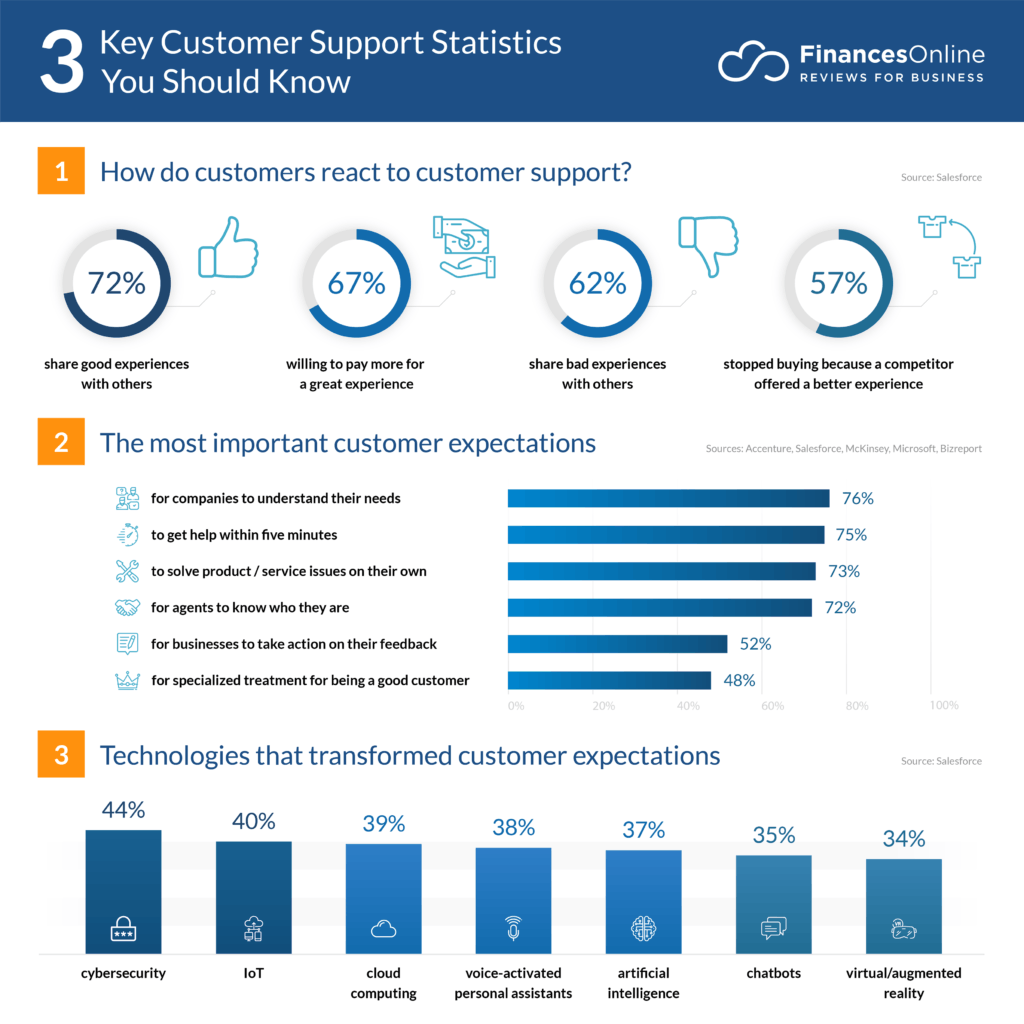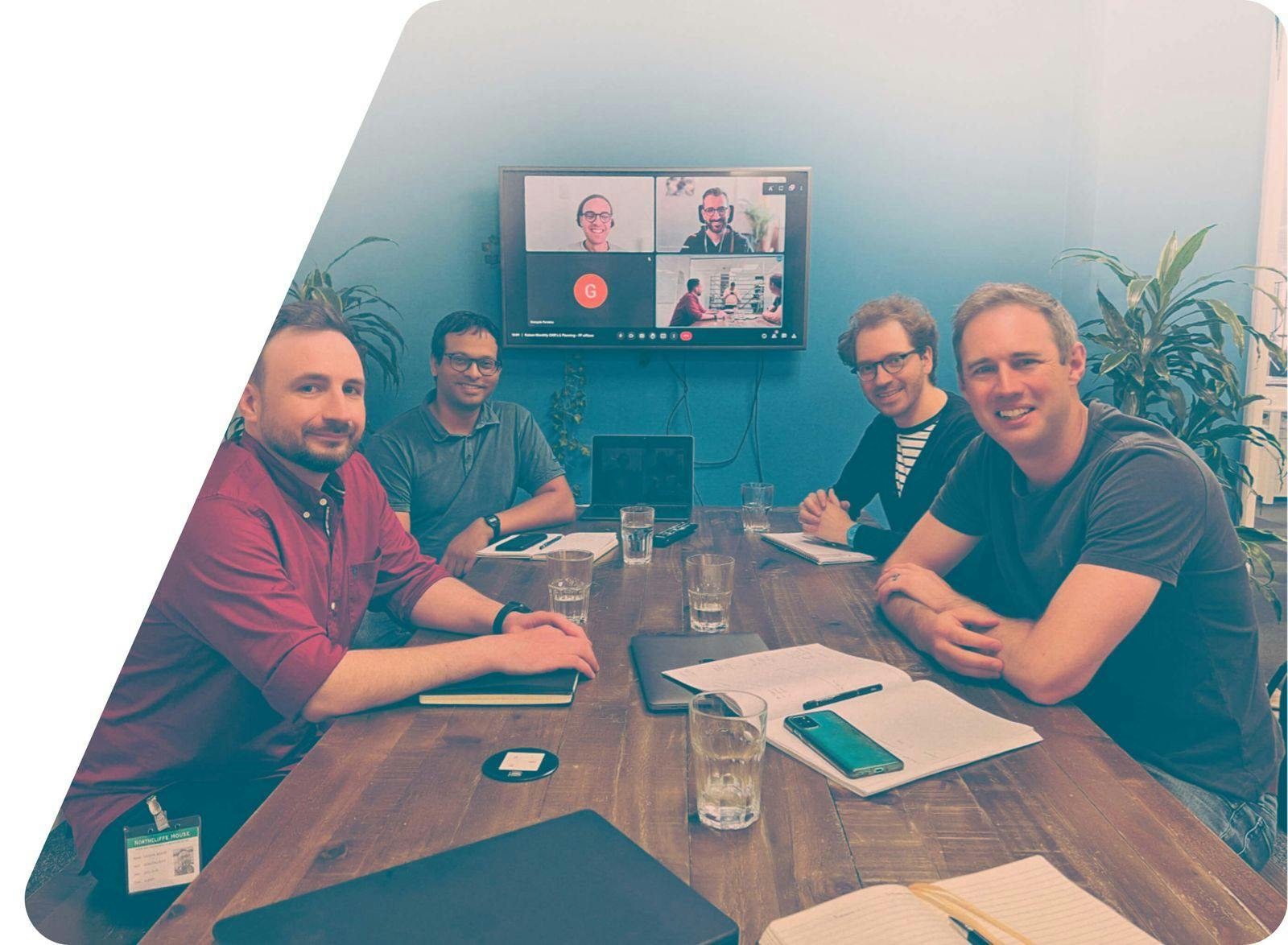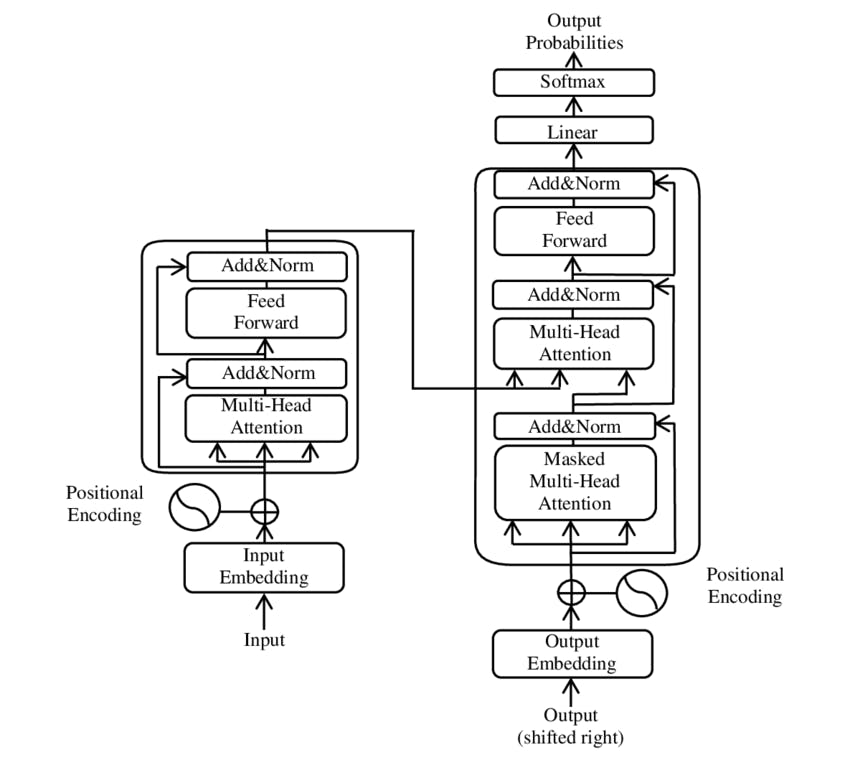Too much data will kill your sales: here is how to deal with it
Learn how I use (and invested in) Kaizan.ai to capture and summarise information and action points across video and text conversations
Have you ever been through a videocall where you felt overwhelmed with information?
Conflicted between taking notes and focusing on the customer or team member in front of you?
What about realising, after a few months of back-to back online meetings and endless exchanges on Slack, Trello and Google docs, that the core info on what you and your team are doing is buried in a mountain of hard-to-retrieve information?
I tried to use the transcript tool Otter. That helps as a way to retain the transcript of the call but it’s completely passive and more content generated makes it hard to go back to make action points or extract highlights.
The ideal would be to have a human sitting at the meeting and taking notes. And then another human to sift through the notes, organise the content and turn it into a hierarchical and searchable database of highlights, action points and data reports.
In fact, probably a bunch of humans: from secretaries to assistants to data analysts and project managers.
And what about a PA who could prompt suggestions in real time about turning notes into indexable summaries and action points?

Of course, having such a team behind you at any given time is impossible. Even if it were possible, it would add an extra level of management and such organisational complexity that you’d end up at the polar opposite of a lean team, especially if you wanted ALL of your customer-facing team members to have this support behind them!
Long story short: If capturing, sorting and acting upon interaction data between you, your team and customers is key to your business success (but is also an overwhelming task), then… you’re not alone!
Because no one has truly figured out a solution to this problem.
You feel the pain. I feel the pain. Our teams feel it. We all feel it, if we are running a business and rely on digital tools to do it.
TL;DR: In the end I found Kaizan.ai to help me capture and action up customer cand team communications. This article is about what Kaizan is, how I got to start using it as early as its alpha release, and why I even ended up investing in the company's pre-seed round 🤯
A huge global problem
It only gets worse if we look around us: Gartner says that by 2025 80% of client interactions will take place through digital channels. The more interactions between team members or between business teams and client organisations happen, the more information gets generated and shared, but information is not what’s key in all these interactions. What IS key is generating value from this information by turning it into searchable and digestible insights that can be:
(a) shared and re-shared across team members if and when needed, and
(b) actioned upon at the right time and in the right way.

At the end of the day, business organisations exist by solving a need for a certain target demographic and by generating revenue in the process. To achieve this, companies need to find, engage, acquire, satisfy and retain customers all the time.
Ultimately, therefore, their success is constantly measured against the balance they can find between increasing growth and reducing customer churn. That percentage number reflecting how a company’s annual revenue has grown or shrunk within a particular period is called Net Dollar Retention (NDR) and is a key metric for valuing companies. However, an elegant end-to-end solution for managing and scaling clients has yet to be built.
At the moment, companies use a CRM to track the numbers and store interactions, project management tools to track projects’ progress, and a bunch of other tools to help with storing text and even audio-video content. But they leave the rest to the customer rep: namely to pay attention 100% of the time within a call or when exchanging messages, take all the appropriate notes, turn them into insights and actions points, and store all this into the appropriate toolkits (many of which don’t even talk to one another!).
To add some numbers to define how big and painful this problem is:
- Business leaders are desperate for digital solutions to improve team efficiency through technology ─so much so that the global team collaboration software market is expected to reach $24.02 Billion by 2028 with a CAGR of 12.4%, according to Growth Market Reports
- Because client success teams aren’t being enabled, and key information isn’t flowing through an organisation automatically, alignment between product and customer success teams on client health is only 29%
- Forrester Research reported that 83% of businesses surveyed for their 2020 research indicated a desire to digitally transform customer success, according to Smartkarrot
- In 2020, the customer experience management market alone was valued at $7.6 billion (Grand View Research, 2020)

What if there were a better way?
What if there were an AI company that could amplify the abilities of client teams? What if there were a tech platform that could provide you and your customer-facing team members with ongoing support with little to no need for your input during your exchanges?
Enter Kaizan.ai.
Founded in 2021, Kazan automates your tasks using conversation intelligence and highlights what will increase client success (and therefore revenue!).
Kaizan is the brainchild of Glen Calvert and Pravin Paratey, the first a successful AdTech entrepreneur and former COO of esport startup Fnatic, and the latter a 4-time co-founder and CTO of various tech startups, including one with Glen, and an ex-Engineering Manager at Facebook.
Together, Glen and Pravin built Kaizan’s software leveraging advanced natural language processing (NLP) and conversation intelligence models to extract the key tasks and actions you’ll need to enable client success.
I’m not the only one to think it’s pretty awesome, with testimonials on Kaizan’s website all being enthusiastic about the tech. To give you an example, Lisa Hau, COO at Bidstack PLC, said that, with respect to customer service, Kaizan is giving their team "an edge in efficiency and service."
The goal of Kaizan is guiding clients in retaining and growing their clients with its Client Intelligence Platform. The cloud software currently has an in-browser add-on plus a stand-alone web platform. It automatically listens to client calls and proactively summarises their content in a searchable and indexable way, as well as noting down all the highlights and action points.
Yes, you read that right: automatically!
That’s the beauty of their NLP engine, which is attuned specifically to business verbal exchanges. It deciphers the context of each exchange, extracting not only the gist of what’s being said but also what you should be doing about it: from reminding you about action points to flagging any important note that’s key to taking next steps for that client.
In the words of Glen himself, when I sat down with the two founders for a virtual coffee the other day: “Any of us [in the team] get super excited by where we move in, with NLP, and these massive language models, and by what language interfaces will look like in the future”. Glen and Pravin firmly believe they are building something that was bound to come to life anyway, sooner or later. According to Glen, soon “you’ll be able to ask questions” to NLP-powered work-enhancing tools like Kaizan. They will then be able to “surface information to you… be able to read for you, write for you, [and to] share information [with the rest of the team] for you.”
Needless to say, I am a super early adopter (since the alpha pre-release in fact!) and a happy one at that. Its current “minimum viable product” (MVP) is helping me take notes during my meetings without keeping separate tabs open. It automatically understands what action points are to be prioritised and extracted from the conversation, which are then fed back to me!

Oh yes, I also invested in the company ─ Here is why:
As they say, I put my money where my mouth is on this one. Whilst my venture fund was not live when I had the opportunity to invest, I still decided to back Glen and Pravin as an angel investor.
Here is why:
The team
I met Glen, the CEO, when he was still COO at esport scaleup Fnatic and we connected immediately. At the time, he told me he was working on something new and we exchanged contacts because… you never know. After some time he actually left and he could finally tell me more about what that “something” was.
Enter Pravin, the CTO, and together the three of us chatted about Kaizan as it was starting to take form. With Pravin, we went through his career building tech stacks and data models in the advertising industry, which culminated in his work at Facebook using user data to increase ad effectiveness. We talked extensively about the data models and strategies used inside Kaizan. We discussed, for example, how they planned to diverge from the general purpose NLP of Open.ai and the likes, to create a “smarter” (albeit more “focused”) NLP AI. Something unable to generate novels perhaps, but capable of making sense of business exchanges and providing responsive focused support.
Besides the initial conversations, I did my research on their backgrounds to see if they could deliver on what they wanted to be. The answer was a resounding yes, at least in terms of potential.
For a start, both of them were entrepreneurs and had co-founded a business before, Affectv, an advertising technology company that runs media campaigns for global brands and that is still going strong under the new name Hybrid Theory.
They exited the business at different stages, taking different paths. Pravin ended up becoming Engineering Manager at Facebook, where he managed the teams responsible for launching Brand Awareness Objective, Reach Objective, Brand Polling and Creative Hub. Glen became COO of Fnatic, where he saw the organisation raise significant amounts through funding rounds and close partnerships with the likes of BMW, OnePlus, and L’Oreal, among others.
All together, I loved the sales and marketing approaches Glen was proposing to scale the business, as they fit with his track record. As a developer myself, I loved the tech chats with Pravin about NLP strategies and models even more. And I loved how what he was proposing not only made sense in my own view of technology development, but also fit with his background and experience.
Finally, I made the assumption that, since they had managed and scaled businesses and teams before, they would have a good handle on how to take Kaizan forward after finding the perfect product market fit.
Compelling market opportunity:
As a software engineer, I worked with machine learning systems before.
I found Kaizan’s approach interesting because it felt like the right balance between leveraging existing NLP technologies and building something new in that space. I would not have wanted to back someone who simply slapped the GPT-3 API on top of a call transcript. For me, there is no innovation or computer science advancement there. But I know that machine learning will not give us Star Trek’s Data or Star Wars’ C-3PO any time soon. Hence, abstracting, synthesising and indexing information and creating prompts that focus on specific niches and verticals seemed a much more achievable task that made a lot of business sense.
Since I am also a business owner dealing with customers, I was (and still am!) someone who feels the pain of having a tech solution to be my “portable PA” and sales support assistant in my calls with customers. I can’t afford to have “minions following me anywhere” and I probably would hate to have them anyway!
As a technologist AND a tech investor I feel that their “monkey job” function is not something humans should be doing. In that spirit, I was an early adopter of Otter.ai, I use Zapier, Calendly and RPAs regularly, and I even coded scripts to support me in dealing with customer-facing stuff. But a solution that helps me in a genuinely smart way? I could see myself as an early adopter AS MUCH as I could see myself as a believer.
In short, I felt I could relate both to the solution they were building and to the pain they were addressing in the market. I was convinced that the SME and corporate spending on customer support intelligence and automation tools is a large enough market for Kaizan to have a shot at going big, either becoming a unicorn company (billion-dollar valuation) or being acquired for a significant amount of money by larger tech corporations.

Value Add
I run the Silicon Roundabout tech meetup community, which is a network of 15,000 tech founders, engineers and startup operators, and I am a software engineer. I wanted to try out Kaizan for myself as a potential user, so I thought I could help out.
Glen and Pravin invited me to join the alpha testing phase from the very beginning, so my investment decision was influenced by playing with the product and exchanging feedback and ideas. In parallel to that, I offered to help with marketing, branding and spreading the news within the community after the beta phase, which we all agreed would be a useful option. Ultimately, though, I felt that being that nerdy tech guy who believes in both the vision and in the implementation strategy was in itself valuable, because I know from experience that being an entrepreneur can be an extremely lonely and difficult path.
Lastly, I know a bunch of investors in the community, especially at VC level, to whom I could introduce the startup when the time is right for late seed and series A funding.
So I felt I could be a useful shareholder, even if my investment ticket was small.
How do NLP systems like Kaizan’s work?
Engaging with the Kaizan founders from the very beginning, deciding to become an alpha tester and then an angel investor, was an expression of my passion and bullishness for deep tech systems.
Do AI “software companies” belong to the realm of deep tech? When they work on genuinely innovative algorithm systems and models I believe they do.
Most NLP apps out there are simply skin-on frontends built on top of Open-AI or some other APIs. This is great, but can only innovate on the business model and UX side.
Some, like DeepMind in the “grown up” world and Kaizan in the seed startup world, want to achieve noticeable advancement in the state of the art. For that, they need to develop their own AI models.
In the NLP world, transformers are all the rage these days. Kaizan uses them amongst other models to capture the context of a conversation, extracting the key highlights and action points.
A transformer is a neural network for sequence learning. It was introduced in a seminal 2017 paper by Google Brain titled Attention Is All You Need.

They do semi-supervised learning, which comprises of unsupervised pretraining followed by supervised fine-tuning. Pretraining is the core part of the model and is done in a self-supervised way. The training is typically done on a huge dataset with no labelling provided. Instead, the algorithm is left to come up with its own rules and labels to predict unobserved or hidden parts of the input.
For example, in NLP, the words of a line can be predicted using the remaining words in the sentence. Or, like in the case of Kaizan, you may want to perform an information abstraction process. In that case, you’d want the model to absorb a large body of conversational text and isolate bits of information, which need to then be re-encoded in a human-readable set of notes or action points. To build a model for a specific task, you’d start with the pretrained model then fine-tune it using training data specific to that task.
Transformers use a framework of encoders and decoders to construct the neural network. The encoder converts the input sequence into a higher dimensional vector. This vector is fed to the decoder to produce the output sequence. Their architecture uses a mechanism called attention, along with positional encoding and normalisation to deliver state-of-the-art results. The idea behind the attention concept is to use a function, such as a scaled dot product, to connect encoders and decoders in a way that helps the model make sense of context within the sequence.
In practice, any given model framework is just a starting point for a startup that wants to develop state-of-the-art systems within a given niche, because its purpose is to deliver a useful product, not to publish a paper. Multiple models and strategies within the overall product architecture have to come together and be constantly trained and improved if the system is to be truly effective.
In terms of the stack used by Kaizan at the moment, Pravin, the CTO, told me “It is Python Django on the back end, with some Celery”, and “on the front end it’s Svelte”.
In Pravin’s words, a great engineer looking to work for an AI startup like Kaizan would be able to answer positively to questions such as:
“Have you built systems where you've had to deal with unstructured data? Have you had to deal with masses of data? How do you create a real time feedback loop? How do you train models? How do you run models in real time? As there are more architectural challenges than [language optimisation challenges]... the [coding] language [we picked] is just a tool that we use to code”.

How did Kaizan come to be?
As Glen, the CEO, explained to me, when it comes to Kaizan, a lot really “can be told from the name”. “Kaizan”, says Glen, “is a play on the word Kaizen, with Kaizen being the Japanese term for continuous improvement”.
According to Glen, both he and Pravin have been fascinated by thinking about what the future of work will look like, when you want to call on very advanced machine learning models and NLP models inside the workspace
They started off with that concept, built an initial prototype, and onboarded a bunch of users from a variety of different departments.
Thanks to their previous entrepreneurial bruises and successes, both cofounders knew that to start a company they had to find product-market fit; not just solving a problem, but solving a problem that customers would be willing to pay for.
In Glen’s words “you have a vision and you need to prove some of the points out and disprove some of the points as well”.
"Through many iterations with the prototype and working with a bunch of alpha users, we came across the insights that we needed that would lead us to the next iteration of the journey”
For the first 12 months, Glen and Pravin worked intensely with a bunch of free alpha users find the target persona within different companies for whom Kaizan would be a problem solver. Basically, they only did R&D and early customer feedback. As part of the process, they secured some angel cheques, including mine, as well as strong pointers on what market to focus on.
“Those Alpha users produced some insights for us, which was super useful”, Glen told me, “in particular: the Client Success teams”.
Initially, the two co-founders were working with salespeople, marketing teams, product people, engineers, and Client Success teams. As they figured out where the opportunity was for their AI system, it became clear that the users working in Client Success were the ones coming up with more questions and pain points that Kaizan could solve.
As Glen said:
“It dawned on us very quickly that if you're starting up a business, there are many go-to products that you'll lean into”.
“You're probably gonna go to Xero for finance…to Hubspot or Salesforce for your CRM… JIRA for development and product… Figma for product design… [But what] if you ask the CS team ‘what do they use for growing the client base?’”
Glen told me their answer was consistently: “We kind of use a spreadsheet for this, we use a project management tool for that, we use a CRM for this, but the pain points are huge for us. We don't really know how happy our clients are, if they’re going to stay, if they're going to go and it's very, very difficult to manage all the tasks”
That was what led them to focus the ensuing product development phase on building an AI that would understand client health, risks, opportunities, sentiment and agreed action items. Kaizan could then take that data and generate cues for what a Client Success executive might want to do next. It could take information from calls and messages and start to automate their workflow, from writing follow-up email ideas to creating summaries of activity with a particular client.
That’s how Kaizan moved from the initial alpha to a private beta and now to its public beta, which you can access on their website, if you’re interested in trying it.
They also raised a full pre-seed round, which was joined by more angels and a couple of small VCs.
What’s on the roadmap for Kaizan from here?
Kaizan started with conversation. A lot of what the Kaizan team has built for their alpha and beta users has so far been around calls, because there are a lot of live conversations happening with clients. According to the team’s current roadmap, they will next look to integrate emails and, in the future, any communication about clients, from Slack to project management software.
As customer-focused and problem-driven founders with previous startup experience, the Kaizan guys built their business thesis by speaking loads to their target users. For example, the CEO, Glen, put their Client Success users in front of a bunch of problem statements and solution statements, to hear their responses. This helped the team refine their focus by ranking aspects of the problem and revealing new ones.
Through this work, Pravin and Glen figure out that customer-facing teams don't currently have, but desperately need, a true “clients’ intelligence platform”: a layer on top of their CRM that helps them retain and find what to do with their clients.
Ultimately, what Kaizan is building is a software intelligence platform that can use big data and proprietary R&D work in the NLP field to enhance human work. It reduces errors and internal information search time, as well as automating customer acquisition, retention and management tasks.
“What we have done,” said the CTO, Pravin, ”is finding a niche within which we're now trying to understand communication. A lot of the models out there [that can attempt this] are quite generic. [They are] based on the World Wide Web corpus. Extracting action items… extraction decisions… These are really tricky things to extract. There's still a long way for us to go, but we are significantly better than… open source state of the art”.
On the difference between what they are doing and the research in the field by tech titans like Google and Facebook, Pravin also has an idea.
“Everything that we are working on right now is based on the work that giants have done. But that niche that we're tackling, nobody's quite worked on just yet.”
Of course, not all work is Machine Learning R&D and optimisation.
“When it comes to building… we had to be very thoughtful around the user experience,” in Glen’s words, “because we have to… [come up with an] interesting output. We have to think about the UX because there is an opportunity not only for us to automate downstream workflow from upstream communication, but also to build a solid solution that our human, mostly non-technical clients can interface with”.

